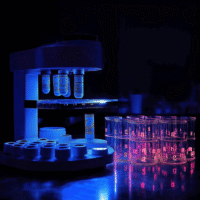Effect of Rosuvastatin versus Atorvastatin on New-Onset Diabetes Mellitus in Patients Treated with High-Intensity Statin Therapy for Coronary Artery Disease
Key Findings:
Among patients with coronary artery disease (CAD) receiving high-intensity statin therapy, the incidence of new-onset diabetes mellitus (NODM) was not significantly different between those treated with rosuvastatin and atorvastatin.
However, a notable drug effect on NODM was observed when the achieved low-density lipoprotein cholesterol (LDL-C) level was below 70 mg/dL, with a higher incidence of NODM in the rosuvastatin group compared to the atorvastatin group.
Practical Implications:
These findings suggest that the choice of statin type may have an impact on NODM risk, particularly in patients achieving very low LDL-C levels.
Healthcare providers should consider the potential risk of NODM when prescribing high-intensity statin therapy, especially in patients with achieved LDL-C levels below 70 mg/dL.
Value in Clinical Practice:
Understanding the relationship between statin type, achieved LDL-C levels, and NODM risk can inform personalized treatment decisions for patients with CAD, ultimately contributing to improved patient care and outcomes.
For more information on how our AI-driven platform can support clinical decision-making and streamline healthcare operations, visit aidevmd.com.




























